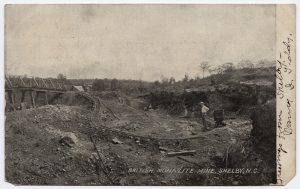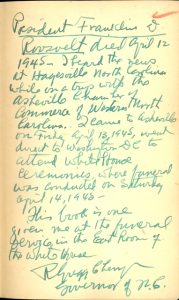Stephen Fletcher’s mention (A View to Hugh, July 2) of Holiday magazine’s October 1947 cover story on North Carolina set me to foraging through my file boxes.
This is a remarkable piece of travel journalism by soon-to-be News & Observer editor Jonathan Daniels—lengthy (10,000 words!), insightful, far-ranging, opinionated and still quite readable if now unavoidably dated. Did I say opinionated?
About the tourism industry’s Variety Vacationland pitch: “Inevitable and slightly nauseous alliteration.”
About Charlotte: “The self-appointed moral center of the state…also the homicide capital of the United States, with a murder rate never equaled even in Chicago.”
But Daniels is at his most acerbic when bemoaning the native cuisine: “The least attractive aspect of a plain people is that…their food may range from plain to poison.”
“No restaurant in the state [is] really worth celebrating…The best food obtainable in the state’s capital is in a chain cafeteria….”
For backup Daniels cites the postbellum lament of Civil War general (and U.S. senator) Thomas Clingman: “Within 10 years, as many people have died prematurely in the state from bad cooking as were slain in war.”
Welcome to Variety Vacationland! (Did you remember to pack the Pepto?)







